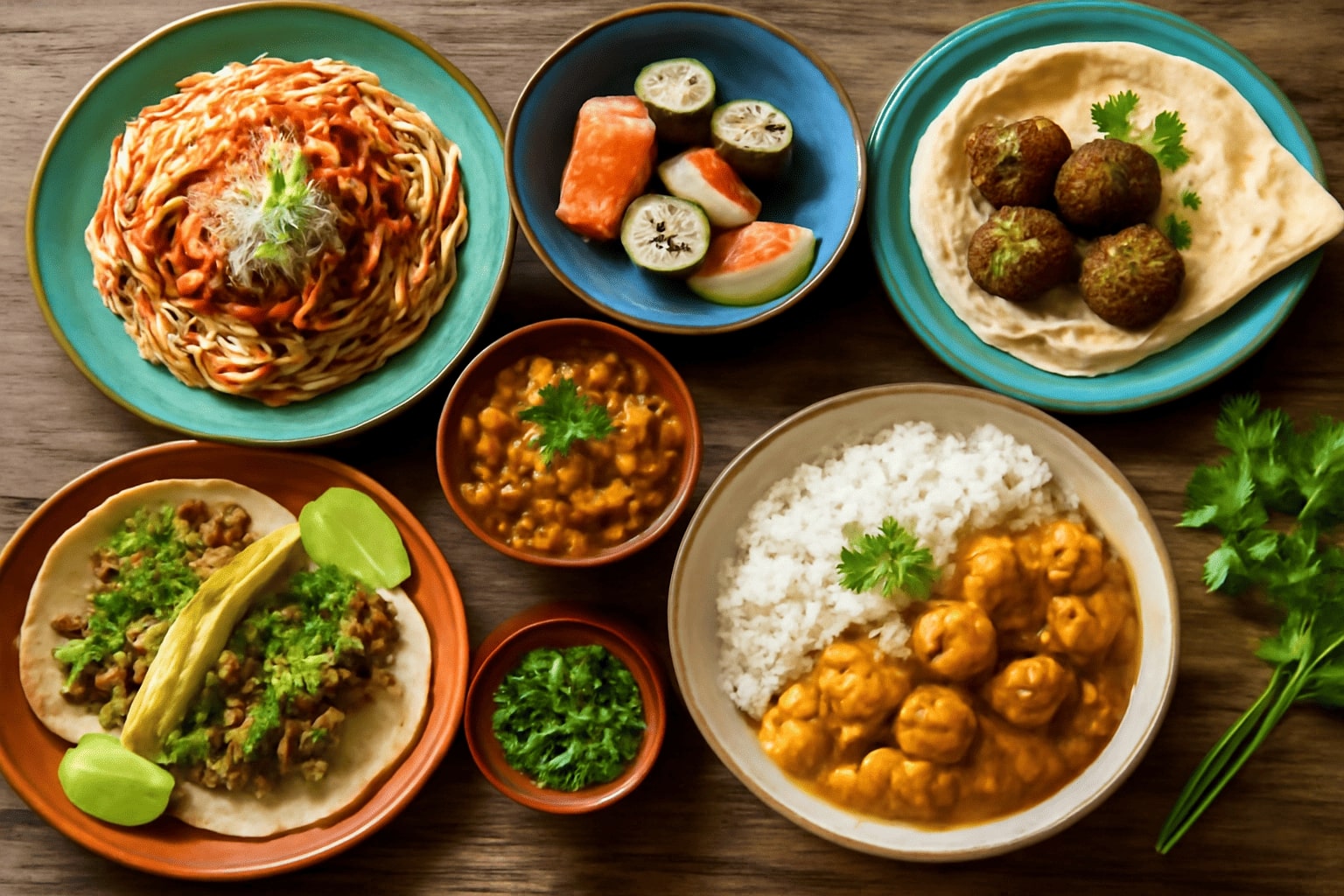Traveling the world offers a unique opportunity to explore not only new landscapes and cultures but also the diverse culinary treasures that define each destination. World cuisine is a reflection of history, geography, and tradition, bringing together flavors and techniques that are both exotic and familiar. For travelers, food is often the gateway to understanding a culture on a deeper level. From street food stalls serving authentic bites to fine dining experiences showcasing regional specialties, each meal tells a story that enriches the journey.
As the global palate evolves, more travelers seek authentic food experiences beyond typical tourist menus. This guide aims to serve as a comprehensive resource for food lovers eager to embark on culinary adventures worldwide. Whether you crave spicy street tacos in Mexico City, delicate sushi in Tokyo, or hearty tagines in Morocco, delving into world cuisine promises to add unforgettable flavors to your travel memories.
Understanding World Cuisine: Cultural and Regional Influences
World cuisine is shaped by centuries of cultural exchange, migration, and environmental factors that influence ingredient availability. Each region boasts unique food traditions that are often rooted in historical practices and local resources. For example, Mediterranean cuisine thrives on olive oil, fresh herbs, and seafood, influenced by its coastal geography and ancient trade routes. In contrast, the spices and bold flavors of Indian cuisine reflect its rich history as a crossroads of spice trading and cultural fusion.
Moreover, world cuisine encompasses more than just food; it includes cooking methods, eating rituals, and communal experiences. Recognizing these cultural elements helps travelers appreciate each meal beyond taste alone. Exploring world cuisine with curiosity and respect deepens the travel experience, allowing one to connect with locals and their heritage through shared meals and traditions.
Must-Try Dishes from Around the Globe
Every destination has iconic dishes that capture its culinary essence, and sampling these signature flavors is a must for any food explorer. Italian pasta and pizza showcase the art of simple, quality ingredients, while the complex layers of a French coq au vin demonstrate refined cooking techniques. Southeast Asia offers spicy, aromatic street foods like Thailand’s pad thai and Vietnam’s pho, reflecting the region’s balance of flavors: sweet, sour, salty, and spicy.
Similarly, Latin American cuisine brings vibrant dishes such as Peruvian ceviche and Argentinean asado, each telling a story of indigenous roots and colonial influences. By trying these diverse dishes, travelers gain insight into the heritage and lifestyle of the places they visit, making the culinary journey as enriching as the sightseeing.
Top Food Destinations for Culinary Travelers
Certain destinations around the world have earned acclaim as top food cities or countries, attracting travelers specifically for their culinary offerings. Cities like Tokyo, Paris, and Istanbul are renowned for their exceptional food cultures and extensive range of dining options. Tokyo’s mastery of sushi and seafood is world-famous, Paris delights with its patisseries and classic bistros, and Istanbul offers a vibrant fusion of Middle Eastern and Mediterranean flavors.
Besides major cities, rural regions and food markets provide authentic culinary experiences that often showcase traditional foodways. Exploring local markets in Morocco’s Marrakech, Vietnam’s Hanoi, or Italy’s Tuscany empowers travelers to discover fresh ingredients and interact with artisans, elevating a food journey from a simple meal to a cultural immersion.
Tips for Experiencing World Cuisine Safely and Respectfully
Sampling world cuisine is an exciting adventure, but it requires mindfulness to ensure a positive and safe experience. Travelers should consider food safety practices, especially when trying street food or dishes made with raw ingredients. Drinking bottled water, choosing popular food vendors with high turnover, and observing local hygiene customs can minimize health risks.
Equally important is respecting cultural norms around food. This includes understanding meal etiquette, such as eating with hands in certain cultures or sharing communal plates. Being open to trying new foods while honoring local traditions enhances the food experience and shows appreciation for the host culture. Taking food tours or cooking classes led by locals can also provide a guided introduction to world cuisine that is both educational and respectful.
Conclusion: Savor Every Bite of Your Culinary Journey
World cuisine is a vibrant tapestry of flavors, stories, and traditions waiting to be explored by curious travelers. Each dish offers a taste of history and culture, turning every meal into a memorable adventure. Whether you are a seasoned foodie or a casual traveler, embracing the diversity of global food enriches your travel experience and broadens your perspective.
As you embark on your next trip, let food be your guide to discovering the essence of each destination. Savor every bite, learn the stories behind the dishes, and connect with people through the universal language of taste. Your journey through world cuisine will not only delight your palate but also deepen your understanding of the world’s rich cultural mosaic.



